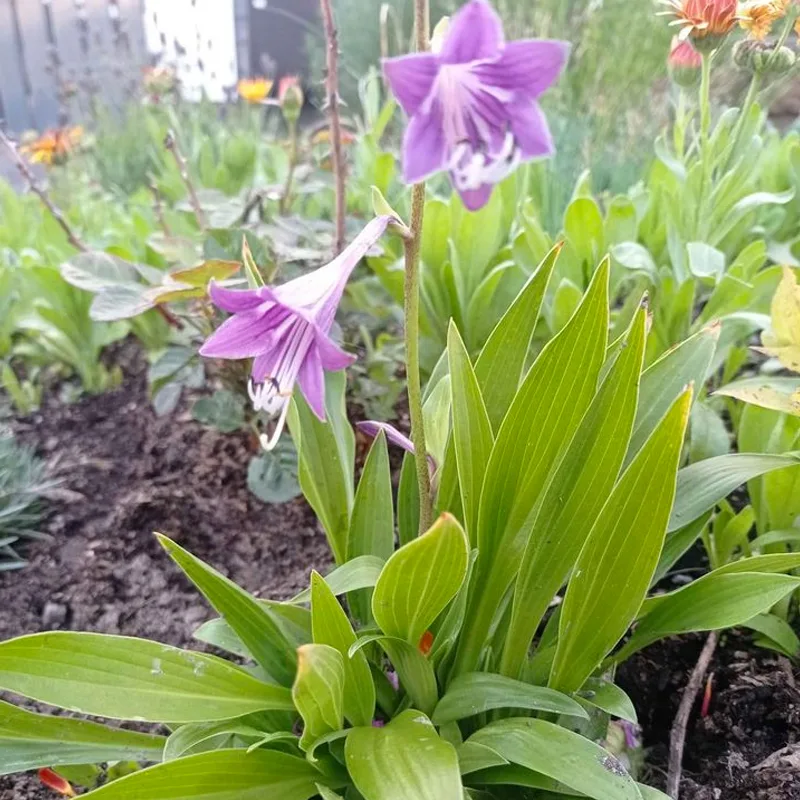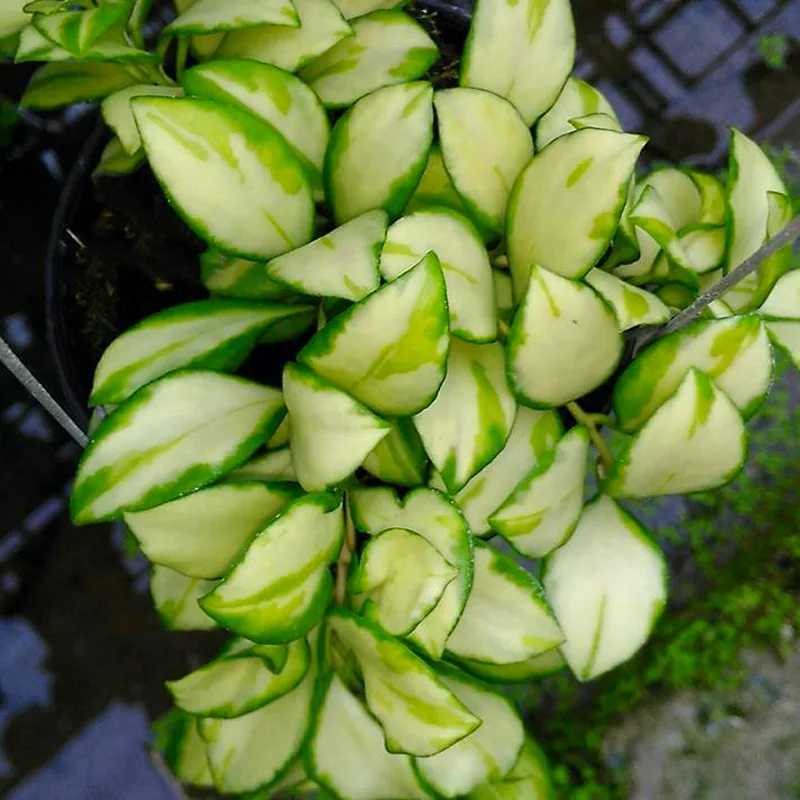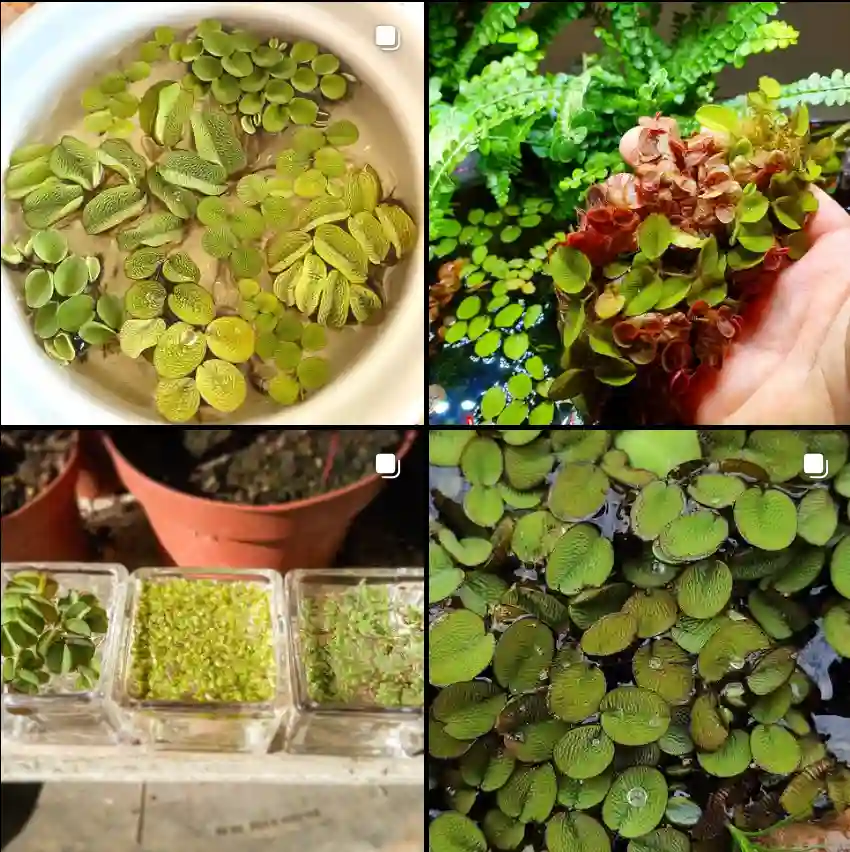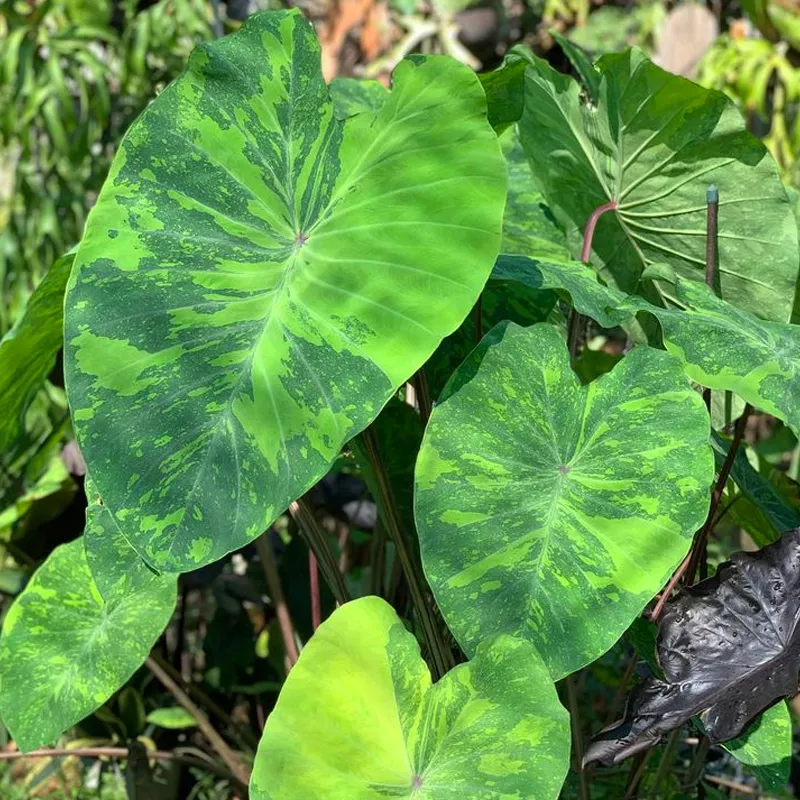Calea: A Journey into the World of Medicinal Plants
My name is Ferb Vu, and I’ve always been fascinated by the natural world, especially the incredible diversity and potential of plants. One genus that has particularly captured my attention is Calea, a group of flowering plants belonging to the aster family, Asteraceae. Native to the tropical and subtropical regions of Mexico, Central America, and South America, Calea encompasses a wide array of species, many of which have been used for centuries in traditional medicine.
Discovering the Diversity of Calea
The Calea genus is incredibly diverse, with over 100 recognized species. These plants come in various forms, from shrubs and subshrubs to vines and even small trees. They often boast beautiful flowers, ranging in color from bright yellow and orange to delicate white and purple. Here are:
- Calea abbreviata Pruski & Urbatsch
- Calea abelioides S.F.Blake
- Calea acaulis Baker
- Calea aldamoides G.H.L. da Silva, Bringel & A.M.Teles
- Calea angosturana Hieron.
- Calea angusta S.F.Blake
- Calea anomala Hassl.
- Calea arachnoidea G.A.R.Silva & J.N.Nakaj.
- Calea asclepiifolia Hassl.
- Calea bahiensis (Mattf.) H.Rob.
- Calea bakeriana Chodat
- Calea berteroana DC.
- Calea bishopii H.Rob.
- Calea brittoniana Pruski
- Calea bucaramangensis Pruski & Urbatsch
- Calea cabrerae Pruski
- Calea caleoides (DC.) H.Rob.
- Calea camani Maguire & K.D.Phelps
- Calea candolleana Baker
- Calea chapadensis Malme
- Calea chodatii Hassl.
- Calea clausseniana Baker
- Calea clematidea Baker
- Calea colombiana Gand.
- Calea coriacea DC.
- Calea coridifolia Pruski
- Calea coronopifolia Sch.Bip. ex Krasch.
- Calea × crassa V.R.Bueno & G.Heiden
- Calea crassifolia Standl. & Steyerm.
- Calea crenata Chodat
- Calea crocinervosa Wussow, Urbatsch & G.A.Sullivan
- Calea cuneifolia DC.
- Calea cymosa Less.
- Calea dalyi Pruski & Urbatsch
- Calea diamantinensis G.A.R.Silva & J.N.Nakaj.
- Calea diffusa Pruski
- Calea divaricata Benth.
- Calea divergens Sch.Bip. ex Baker
- Calea elongata Baker
- Calea esposi Maguire & K.D.Phelps
- Calea ferruginea Baker
- Calea fluviatilis S.F.Blake
- Calea formosa Chodat
- Calea fruticosa (Gardner) Urbatsch, Zlotsky & Pruski
- Calea funkiana V.R.Bueno & G.Heiden
- Calea gardneriana Baker
- Calea gargantae Cuatrec.
- Calea gentianoides DC.
- Calea graminifolia Sch.Bip. ex Krasch.
- Calea grandiflora V.R.Bueno & G.Heiden
- Calea granitica Pruski
- Calea grazielae J.U.Santos
- Calea harleyi H.Rob.
- Calea harlingii H.Rob.
- Calea hassleriana Chodat
- Calea hatschbachii Pruski & D.J.N.Hind
- Calea heteropappa Pruski & Urbatsch
- Calea huanchacana Pruski
- Calea huigrensis S.F.Blake
- Calea hymenolepis Baker
- Calea hypericifolia Baker
- Calea ilienii Malme
- Calea intermedia Pruski & Urbatsch
- Calea irwinii G.M.Barroso
- Calea jamaicensis (L.) L.
- Calea jelskii Hieron.
- Calea kingii H.Rob.
- Calea kirkbridei H.Rob.
- Calea kristiniae Pruski
- Calea kunhardtii Maguire
- Calea lantanoides Gardner
- Calea lemmatioides Sch.Bip. ex Baker
- Calea linearifolia Maguire & Wurdack
- Calea longifolia Baker
- Calea longipedicellata B.L.Rob. & Greenm.
- Calea lucida Maguire & Wurdack
- Calea lucidivenia Gleason & S.F.Blake
- Calea lutea Pruski & Urbatsch
- Calea marginata S.F.Blake
- Calea martiana Baker
- Calea mediterranea (Vell.) Pruski
- Calea megacephala B.L.Rob. & Greenm.
- Calea melissifolia Baker
- Calea microphylla Baker
- Calea monocephala Dusén
- Calea montana Klatt
- Calea morii H.Rob.
- Calea multiplinervia Less.
- Calea myrtifolia (DC.) Baker
- Calea nana Maguire
- Calea neblinensis (Maguire & Wurdack) Pruski
- Calea nelsonii B.L.Rob. & Greenm.
- Calea nematophylla Pruski
- Calea nervosa G.M.Barroso
- Calea nitida Less.
- Calea oaxacana (B.L.Turner) B.L.Turner
- Calea oliveri B.L.Rob. & Greenm.
- Calea orbiculata Maguire & Aristeg.
- Calea ottohuberi Pruski
- Calea oxylepis Baker
- Calea papposa Malme
- Calea paraguayensis (Kuntze) Deble
- Calea × parviantha V.R.Bueno & G.Heiden
- Calea parvifolia Baker
- Calea perijaensis Cuatrec.
- Calea perimbricata Cuatrec.
- Calea peruviana Benth. ex S.F.Blake
- Calea phelpsiae Lasser & Maguire
- Calea phyllolepis Baker
- Calea pilosa Baker
- Calea pinheiroi H.Rob.
- Calea pinnatifida (R.Br. ex Steud.) DC.
- Calea pohliana Sch.Bip. ex Baker
- Calea politii Maguire
- Calea polycephala (Baker) H.Rob.
- Calea prunifolia Kunth
- Calea pruskiana V.R.Bueno & G.Heiden
- Calea punctata Maguire & Wurdack
- Calea purpurea G.M.Barroso
- Calea quadrifolia Pruski & Urbatsch
- Calea ramosissima Baker
- Calea repanda V.R.Bueno, Gostel & G.Heiden
- Calea reticulata Gardner
- Calea rhombifolia S.F.Blake
- Calea robinsoniana Pruski
- Calea rojasiana Chodat
- Calea rotundifolia (Less.) Baker
- Calea rupicola Chodat
- Calea saxatilis Cuatrec.
- Calea semirii Pruski & D.J.N.Hind
- Calea senecioides Baker
- Calea septuplinervia Hieron.
- Calea serrata Less.
- Calea sessiliflora Less.
- Calea sessilifolia V.R.Bueno & G.Heiden
- Calea sickii (G.M.Barroso) Urbatsch, Zlotsky & Pruski
- Calea sipapoana Maguire
- Calea solidaginea Kunth
- Calea spiralis V.R.Bueno, Gostel & G.Heiden
- Calea stenophylla Baker
- Calea subcordata S.F.Blake
- Calea subintegerrima (Malme) V.R.Bueno & G.Heiden
- Calea sublantanoides V.M.Badillo
- Calea szyszylowiczii Hieron.
- Calea ternifolia Kunth
- Calea teucriifolia Baker
- Calea tocantina Pruski
- Calea tolimana Hieron.
- Calea triantha (Vell.) Pruski
- Calea tricephala Maguire
- Calea trichotoma Donn.Sm.
- Calea tridactylita Sch.Bip. ex Krasch.
- Calea trujilloi V.M.Badillo
- Calea ulei Hieron.
- Calea umbellulata Hochr.
- Calea uniflora Less.
- Calea urticifolia (Mill.) DC.
- Calea venosa Pruski
- Calea verticillata (Klatt) Pruski
- Calea villosa Sch.Bip. ex Baker
- Calea wedelioides S.F.Blake
- Calea yariguiensis Rodr.-Cabeza & S.Díaz
- Calea yuruparina Cuatrec.
Traditional Uses and Modern Research
For generations, indigenous communities have utilized Calea plants for their potential healing properties. Traditional uses vary depending on the specific species and local customs, but some common applications include:
- Treating respiratory ailments: Some Calea species are used to alleviate symptoms of colds, flu, and coughs.
- Reducing inflammation: Certain species are believed to possess anti-inflammatory properties and are used to treat conditions like arthritis and skin irritations.
- Promoting relaxation and sleep: Some species, like Calea zacatechichi, are used to induce relaxation and improve sleep quality.
- Addressing gastrointestinal issues: Calea plants have been traditionally used to treat digestive problems such as diarrhea and stomach aches.
While traditional knowledge provides valuable insights, modern scientific research is beginning to shed light on the specific compounds and mechanisms responsible for the purported effects of Calea. Studies have identified various bioactive compounds in Calea species, including flavonoids, sesquiterpene lactones, and diterpenes. These compounds have shown promising results in preliminary research for their potential:
- Anti-inflammatory activity: Studies suggest that certain Calea species may help reduce inflammation.
- Antioxidant properties: Some Calea species have demonstrated antioxidant activity, which could protect cells from damage.
- Anticancer potential: Early research indicates that some compounds found in Calea may have anti-cancer properties, although further studies are needed.
The Future of Calea Research
Despite the growing body of research, there is still much to learn about the Calea genus. Further investigation is crucial to fully understand the potential benefits and risks of these plants. Future research should focus on:
- Identifying and isolating specific bioactive compounds: This will help determine the precise mechanisms of action and potential therapeutic applications.
- Conducting clinical trials: Rigorous clinical trials are necessary to evaluate the safety and efficacy of Calea species for specific health conditions.
- Exploring sustainable cultivation and harvesting practices: As interest in Calea grows, it’s important to ensure sustainable practices to protect these valuable plant resources.
The Calea genus holds immense promise for the development of new medicines and therapies. By combining traditional knowledge with modern scientific methods, we can unlock the full potential of these fascinating plants and contribute to a healthier future.
If i die, water my plants!



